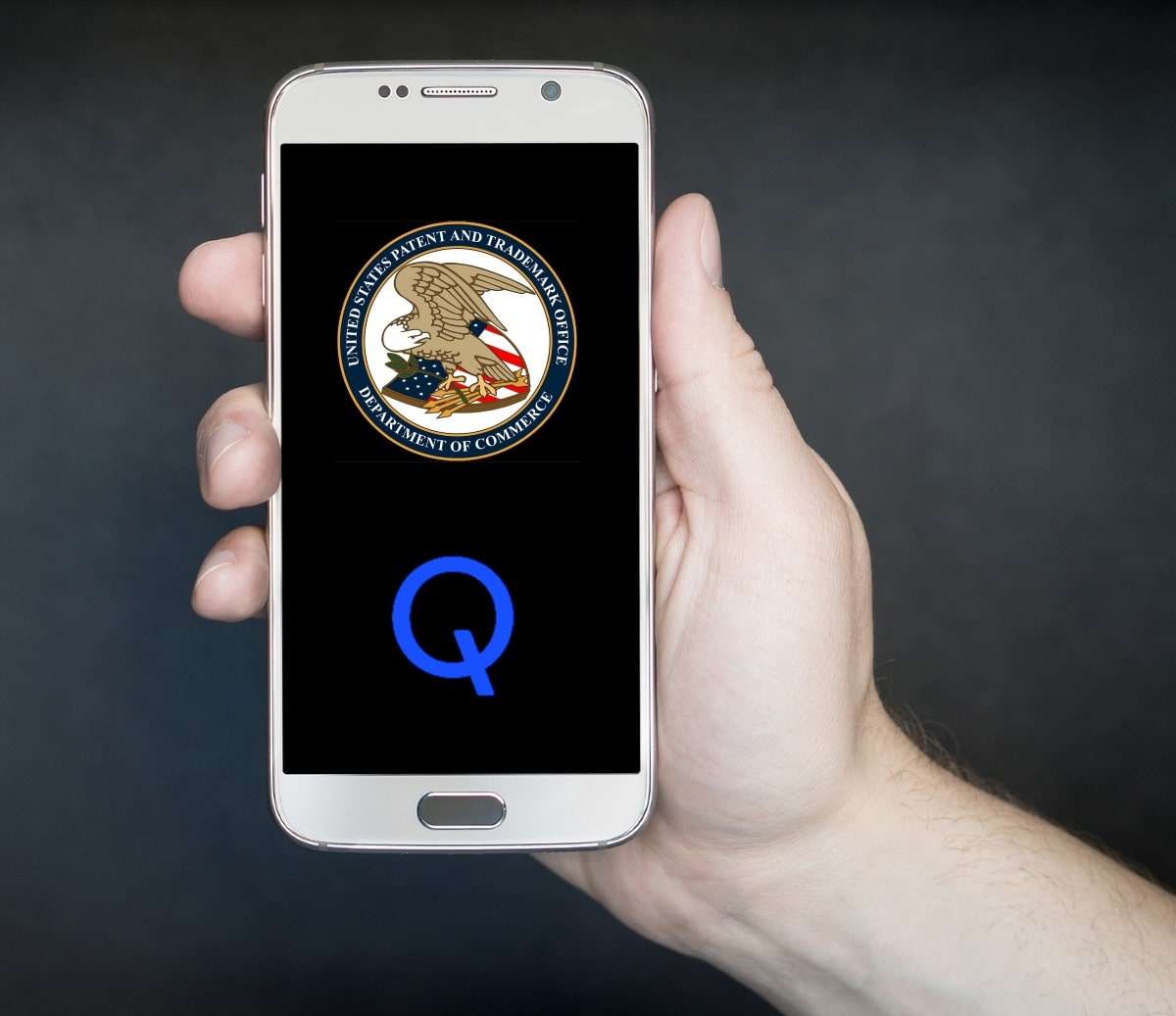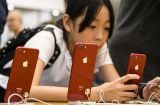Apple Shrugs Off iPhone Sales Fears
After weeks of trepidation in the electronics supply chain over fears of a precipitous decline in sales of the high-end iPhone X, Apple reported its best ever fiscal second quarter sales and announced plans to invest another $100 billion in share buybacks.
Apple shrugged off recent warnings of softness in smartphone market demand to report selling 51.75 million iPhone sales in the fiscal second quarter, which closed March 31. Sales of iPhone units came in slightly below analysts' expectations of about 53 million, but were up 3 percent on a units basis compared with the same period of 2017.
More importantly, Apple's iPhone sales generated $38 billion in revenue for the quarter, an increase of 14 percent compared to the year-ago quarter. The higher iPhone average selling price was generated by the iPhone X — released last November at a retail price of $999 — which remains Apple's top-selling iPhone has been in the most popular iPhone in every week it's been available.
Apple CEO Tim Cook seized on the status of the iPhone X as a "beloved product," telling analysts on a conference call following the quarterly report that this marks the first time since Apple split the iPhone product line with the launch of the iPhone 6 and iPhone 6 Plus in 2014 that the top-of-the-line iPhone model has also been the most popular.
Analysts have questioned the sustainability of the $1,000 price point in the smartphone market. Over the last few weeks, several analysts have cut their forecast for iPhone sales in the first two quarters of calendar 2018. Last month, Morgan Stanley and Canaccord Genuity both lowered forecasts for iPhone shipments in the quarter ending in June to less than 40 million units.
"I think that it's one of those things like when a team wins the Super Bowl," Cook said Tuesday. "Maybe you want them to win by a few more points. But it's the Super Bowl winner and that's how we feel about it. I could not be more proud of the product."
Overall, Apple reported sales of $61.1 billion for its fiscal second quarter, an increase of 16 percent compared with the year-ago quarter and a decrease of 31 percent compared with the previous quarter. The company reported a profit of $13.8 billion for the quarter, up 25 percent year-over-year.
Apple said it expects sales for the current quarter to decline to between $51.5 billion and $53.5 billion, higher than most Wall Street estimates.
Apple sold 9.1 million iPads for about $4.1 billion during the fiscal second quarter, year-over-year increases of 2 percent and 6 percent, respectively. Mac unit sales declined to about 4 million, down 3 percent year-over-year, while Mac sales revenue was flat, Apple said.
Apple reported $9.1 billion in services revenue for the quarter, up 8 percent sequentially and up 31 percent year-over-year.
Apple said its board approved a new $100 billion share repurchase place and a 16 percent increase in the company's quarterly dividend. Apple has spent more than $200 billion on share buybacks since 2012, the company said.
在线留言询价

Apple Reveals Qualcomm Patent Fees

Apple Testifies in Q’com Patent Case
- 一周热料
- 紧缺物料秒杀
| 型号 | 品牌 | 询价 |
|---|---|---|
| TL431ACLPR | Texas Instruments | |
| MC33074DR2G | onsemi | |
| RB751G-40T2R | ROHM Semiconductor | |
| CDZVT2R20B | ROHM Semiconductor | |
| BD71847AMWV-E2 | ROHM Semiconductor |
| 型号 | 品牌 | 抢购 |
|---|---|---|
| BU33JA2MNVX-CTL | ROHM Semiconductor | |
| TPS63050YFFR | Texas Instruments | |
| ESR03EZPJ151 | ROHM Semiconductor | |
| STM32F429IGT6 | STMicroelectronics | |
| BP3621 | ROHM Semiconductor | |
| IPZ40N04S5L4R8ATMA1 | Infineon Technologies |
AMEYA360公众号二维码
识别二维码,即可关注

























